by
Diane E. Samson
As writers, we all want to create clean, professional work. We can spend hours writing and rewriting a piece to get just the right words on the page. Don’t let a simple punctuation error spoil an otherwise excellent job.
An occasional review of proper punctuation and especially the comma can be helpful to all writers, no matter what their skill level. One reason commas can be extra confusing for writers is that there are different rules for literature writing and journalism writing. The Associated Press (AP) established different rules from the basic English rules to save space in newspapers and help with legibility. Good writers are aware of the rules and know when to use what rule. If you are freelance writing an article for a client and are unsure of what set of rules to use, ask.
Here are a few tips on the use and misuse of commas.
1.Use a Comma In a series: Use a comma to separate words, phrases or clauses in a series or list. She bought apples, oranges, and bananas at the store. The final comma before “and” is used in English style, but not according to AP style, unless there is a conjunction at the end of the sentence, or the sentence would be confusing without it. He bought cherry popsicles, chocolate ice cream bars, and peaches and cream ice cream at the store.
2. To separate adjectives: When several adjectives are used to describe a noun in a sentence, sometimes the conjunction “and” is used. If you could sensibly use “and” in the sentence, you can use commas to separate the adjectives instead. Example: A long and dangerous road becomes A long, dangerous road. If “and” doesn’t work between the adjectives, no comma is needed. She received a new fur coat for Christmas. Here we have no commas because “and” isn’t needed between new and fur.
3. With nonessential phrases: This rule can be very confusing. We use a comma in a sentence where the addition of certain information in not essential to the reader’s understanding of the sentence. If the information is essential, we don’t use a comma. Example: The company president, John Jones, spoke. Commas are used because there is only one company president and the writer is adding information not essential to the sentence. We saw the award-winning movie “Titanic.” No commas are used here because many movies have won awards. The name of the movie is essential to the meaning of the sentence.
4. With introductory phrases and clauses: Separate the introductory phrase or clause from the main clause with a comma. Examples: When she finished preparing the meal, the family ate. With his happy tail wagging, the dog raced to greet me at the door. At once, the man leapt out of bed. Two introductory phrases sometimes need only one comma. In the middle of the night, she heard a strange sound.
5. With conjunctions: Use a comma with a conjunction in a compound sentence when linking two clauses that each could stand alone as a sentence. Examples: She raised her hand to throw the stick, and the dog ran like the wind to catch it. We went to the dinner party, and the hostess treated us like royalty.
6. To separate contrasting elements: Example: He became a nurse, not a doctor.
7. Other uses: Commas are used in many other ways, including introducing direct quotes, before attribution, between city and state names, and between an individual and his or her age. Keep a good grammar handbook handy if you are in question.
Don’t Use a Comma:
1. To separate verbs and objects. Example: The plumber said, that the pipes were a problem.
2. To separate words or phrases joined by and or or. Example: She drove home, and started dinner.
3. To break up words unnecessarily. Example: The fact that the dog had bitten the man, was enough evidence for the court to issue a fine of $200, and request the dog be removed from the home. No commas are needed in the previous sentence. Don’t start throwing commas in to make it better. Instead, rewrite it. Perhaps break the sentence up into several shorter sentences.
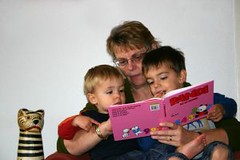


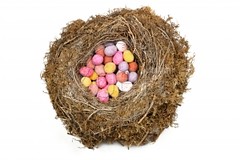
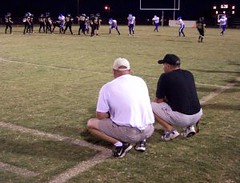
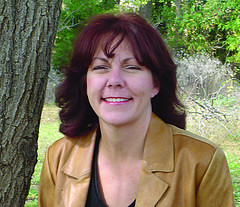
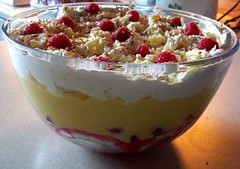
 You may be a recent university graduate with a teaching degree hoping to secure a teaching position, or you may be unable to work full time because you have small children at home. Whatever your reasons, substitute teaching can be a frustrating job if you're not prepared. School districts have expectations for substitute teachers. However, many times they fail to communicate those expectations. They assume new and inexperienced teachers know what to do.
You may be a recent university graduate with a teaching degree hoping to secure a teaching position, or you may be unable to work full time because you have small children at home. Whatever your reasons, substitute teaching can be a frustrating job if you're not prepared. School districts have expectations for substitute teachers. However, many times they fail to communicate those expectations. They assume new and inexperienced teachers know what to do. As writers, we all want to create clean, professional work. We can spend hours writing and rewriting a piece to get just the right words on the page. Don’t let a simple punctuation error spoil an otherwise excellent job.
As writers, we all want to create clean, professional work. We can spend hours writing and rewriting a piece to get just the right words on the page. Don’t let a simple punctuation error spoil an otherwise excellent job.